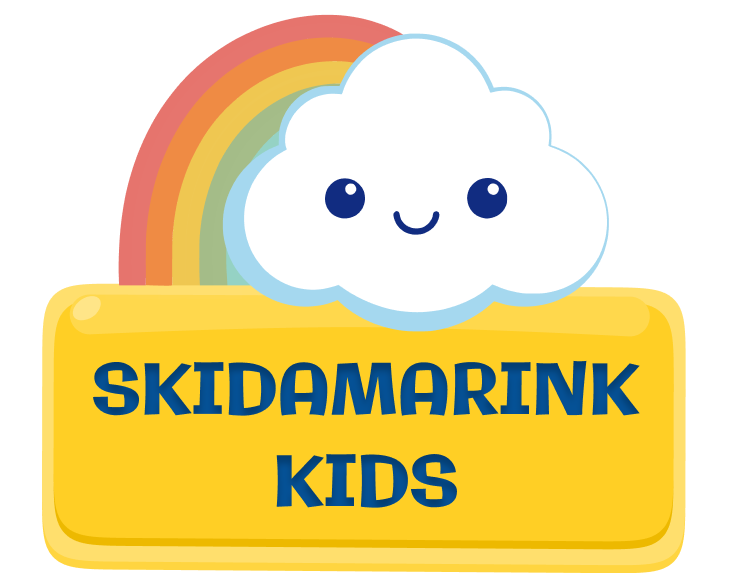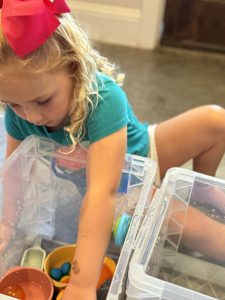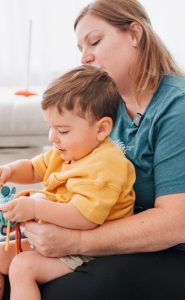Today’s push for early academics – teaching 2–3-year-olds to write and expecting kindergarteners to read – may work against the brain’s natural development. Discover how simple, intentional calming activities can promote better brain balance in order help your child develop crucial self-regulation skills.
While learning is important, emphasizing fine motor, early screen time and academic skills too much too early can:
- Create developmental gaps
- Shift brain development out of natural sequence
- Lead to attention, sensory and behavior issues
- Limit the development of crucial executive function skills (helps with self-control, attention, planning, etc)
- Cause hand weakness, poor fine motor skills, immature grasping patterns, and poor handwriting
- Result in social and emotional deficits including anxiety
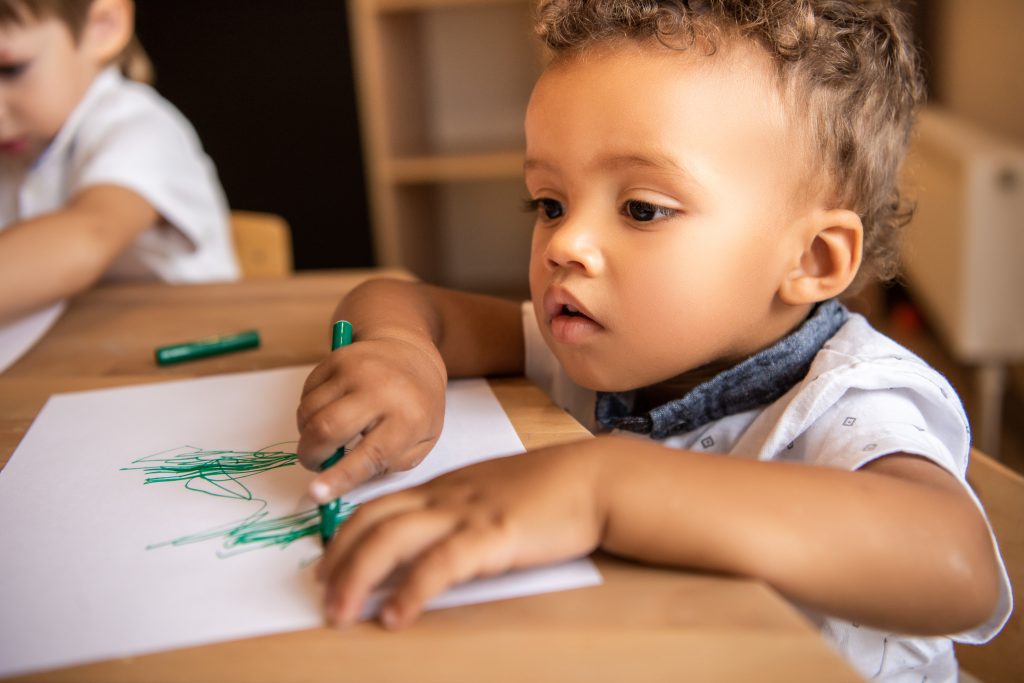
Why Brain Balance Matters for Your Child's Development
Preschoolers who develop strong self-regulation skills through movement and play are better behaved and prepared for future academic success. Trust the natural learning process – there’s no need to rush!
Brain balance is essential for healthy motor, sensory, social, emotional, and cognitive development. When a child’s brain functions in harmony across all regions, it creates the foundation for higher-level brain development, including crucial executive functioning skills that make self-control possible.
Many children today face challenges with focus, emotional regulation, and learning – often stemming from imbalances in brain development. The good news? Simple, intentional activities can help promote better brain integration and balance, supporting your child’s overall development and setting them up for success.
Practical Activities That Create a Calming Effect While Supporting Balanced Brain Development

Focus on “Big Picture” Concepts During Early Development with these developmentally Appropriate Tasks
- Prioritize whole-body movements
- Allow natural learning through interactions
- Encourage exploration and play
- Focus on activities to improve attention and self-control
Try these fun activities to Support Right-Brain Development:
- Encourage “big-picture” concepts – how your child relates to others and their world
- Promote imitation, eye contact, and body awareness
- Focus on large movement activities
- Include activities that challenge their balance
- Encourage your child to imitate silly noises and facial expressions
- Look at pictures of people expressing different emotions
- Develop working memory – remembering where hidden objects are, following 2-step commands, and remembering simple rules
Activities to Improve Body Awareness:
- Identifying body parts
- Vestibular movements such as spinning, upside-down play (supporting head/neck), and swinging
- Encouraging inhibition (self-control) skills:
- Waiting in line
- “Freeze” activities during walking, running, or dancing
- Practicing self-control and sharing
Develop Social Skills Through:
- Social play with peers
- Pretend play
- Games that teach following directions and taking turns
Improve Visual Tracking Skills:
- Have your child look at objects in all directions
- Watch things in the sky (birds, planes)
- Play ball and balloon toss activities
- Moving objects toward their left side or upward to help develop spatial awareness and attention
Bilateral Coordination Tasks (Using Both Hands):
- Clapping
- Catching a ball
- Holding a bowl and stirring with the other hand
- Let your child choose which hand they want to use to feed themselves and color with – let hand dominance develop naturally
Direct Right Brain Stimulation Activities:
For infants, toddlers or kiddos who struggle with self-regulation and overstimulation by activating the “Brake Pedal” side of their brain tends to have a calming effect. Try these activities 2-3 times a day as needed.
See important note in When to Seek Support.
- Focus on your child’s left side of their body-The brain controls the opposite side of the body (except for smell and eye movements). Input to the left side can calm the nervous system, which can help your little one relax, focus more and be more interactive. Usually these tricks work like magic.
- Provide massage to the left side of their body, provide downward medium-light pressure stroking their left palm towards fingers or left sole of foot towards toes repeatedly for 60-90 seconds
- Provide medium firm pressure stroking left side of face from ear to side of lips for 60-90 seconds as tolerated
- Encourage your child to play with a fidget or play in sensory bin with their left hand only
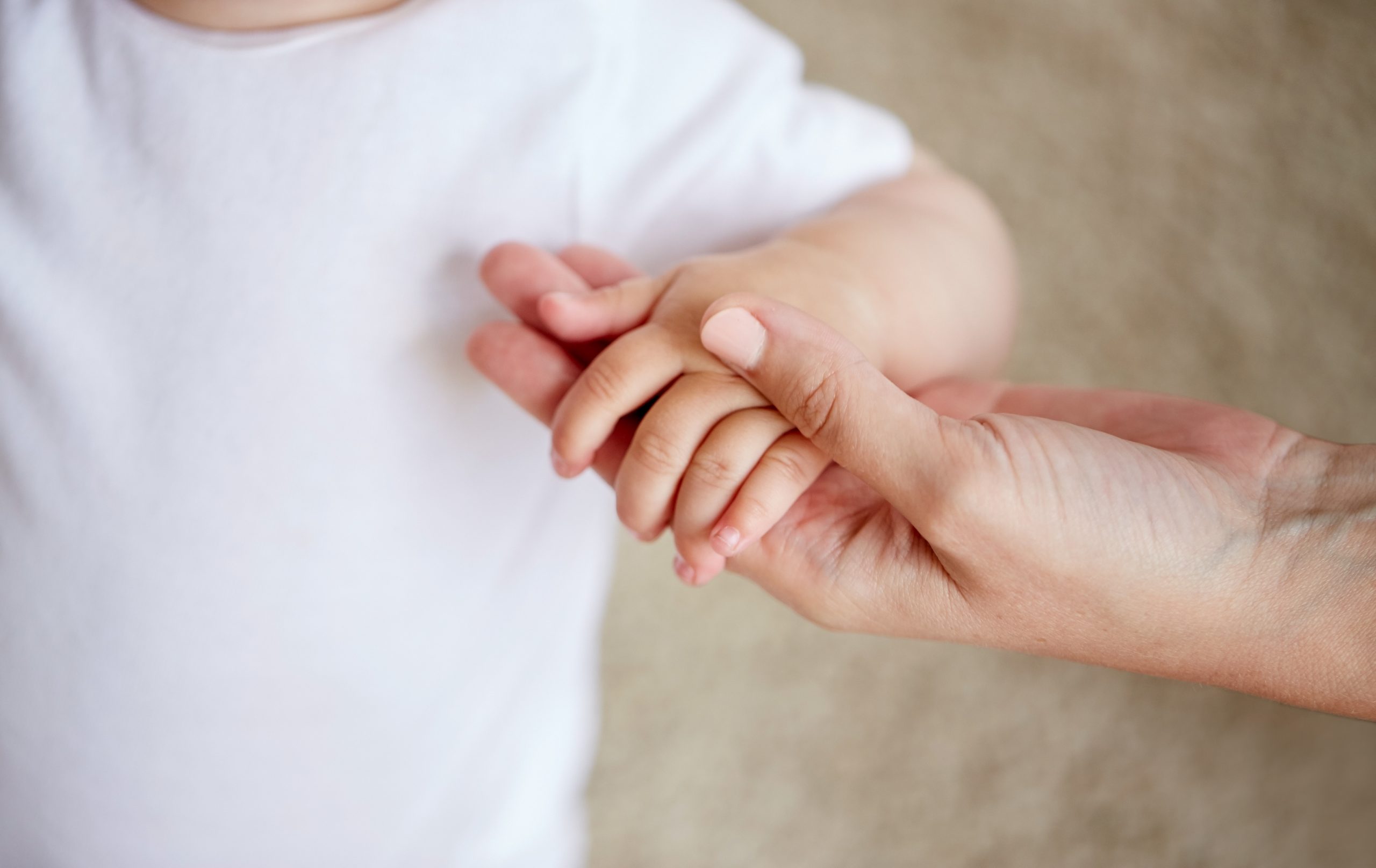

- Choose Calming Colors- Incorporating cool tones like blues and purples can have a calming effect. Greens are considered neutral.
- Limit Overstimulating Colors-Bright colors, particularly yellow, orange, and red, trigger the left “gas pedal” side of the brain and they can be overstimulating for some children.
- Use Calming Scents- Certain scents like coffee, lemon, peppermint, and eucalyptus can help calm and focus your child. You can place a small amount on your child’s right collar or keep these scents subtly present to promote a calming and increase mental awareness.
- Avoid Overstimulating Scents- Sweet smells may trigger left brain “gas pedal” activity and can lead to overstimulation for some children.
- Use Calming Tone of Voice- A low deep tone of voice can create a calming effect. While a higher pitch tone of voice can be overstimulating.
Pro Tip: Every child develops differently-find what works well for your child and avoid things that appear to be overstimulating.
Tips to Support a More Balance Neurological System
- Limit processed foods-fresh is best and use limited ingredient pre-packaged foods
- Avoid artificial food dyes
- Use safer materials (glass, stainless steel, bamboo) and limit plastics when possible
- Choose natural skincare and cleaning products-avoiding harsh chemicals
- Provide a structured routine-yet encourage cognitive flexibility. We take our shoes off at home yet leave them on at preschool.
When to Seek Support
- Consult your child’s pediatrician with any developmental concerns you have
- Important Note – Consult an Occupational Therapist or a Brain Balance specialist and avoid trying the direct Right Brain Stimulation Activities if your child:
- Has high muscle tone (like in CP)
- Shows signs of learning disabilities
- If your child has a diagnosis of ASD or ADHD – the right brain activities may be very beneficial for you child- yet it is still important to get individual support.
Remember
- Every child develops differently
- No need for parent guilt about past choices
- Small changes can make big differences
- Focus on progress, not perfection
Closing Thoughts
Incorporating these right-brain calming activities into your child’s routine can make a significant difference in their ability to self-regulate, focus, and manage emotions. Brain balance approaches aim to foster mature brain development, allowing children to achieve higher-level executive functioning skills that will benefit them throughout life.
Want to learn more about Brain Balance, check out my blog: Brain Balance: How It Shapes Your Child’s Behavior
For More Detailed Information and Resources, Explore:
– Kendra
